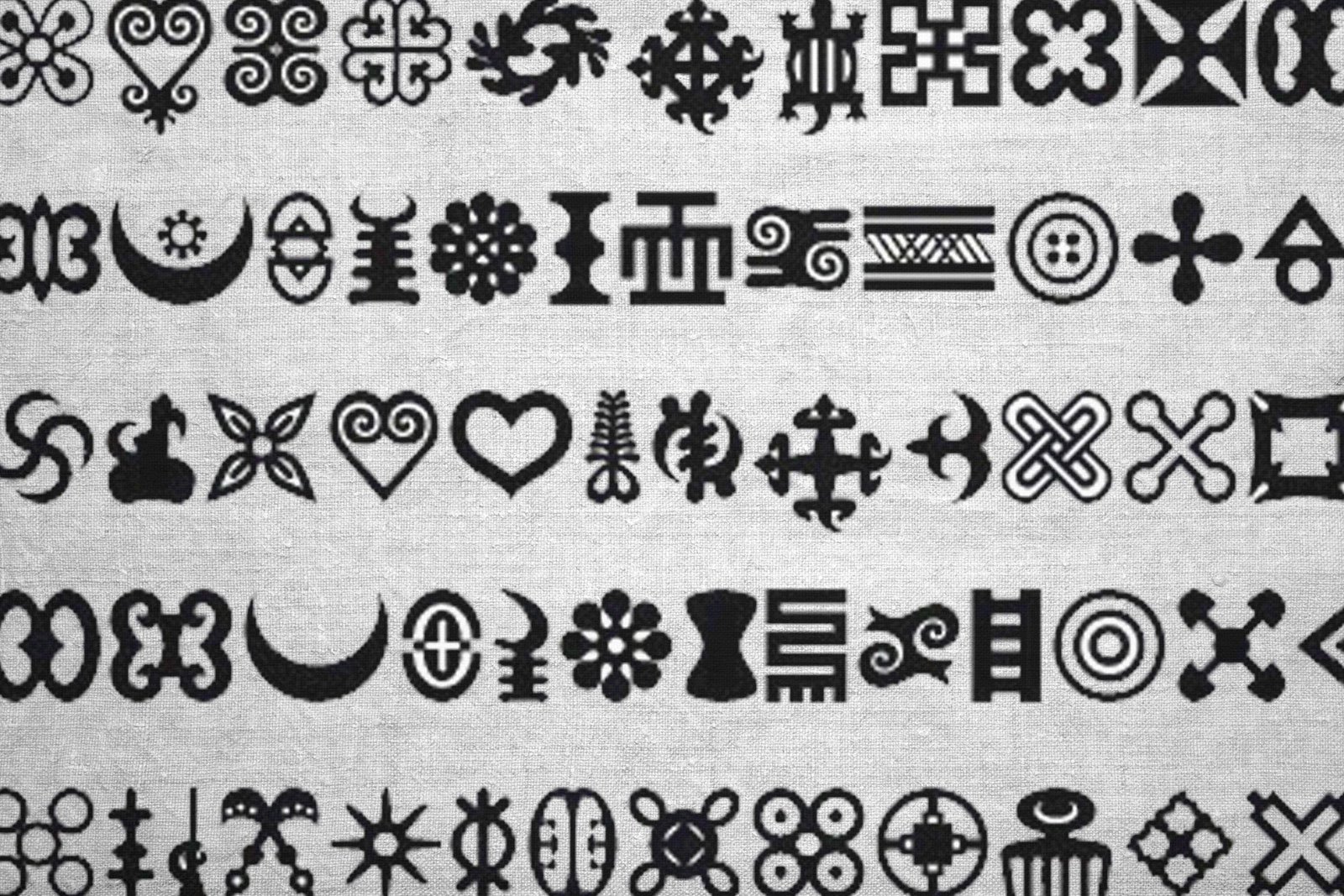Thesavanna Features
Do you know about Adinkra symbols?
“Adi-nkra” which can be translated to mean “farewell or goodbye” in Akan, is a collection of symbols that express various themes…

Table of Contents
The story of Adinkra Symbols
“Adinkra” express various themes, beliefs and the ethnological philosophy of the Ghanaian. The symbols are induced with proverbial interpretations.
“Adi-nkra” which can be translated to mean “farewell or goodbye” in Akan, is a collection of symbols that express various themes, beliefs and Ghanaian traditional philosophy. The Akan ethnic group is largely associated with and thought of as the doyens of these symbols.
Historic narration of the genesis of these unique symbols has it that, Nana Kofi Adinkra, the King of Gyama, a kingdom situated in the area which encompasses present day Ivory Coast, for unknown reasons replicated the “Asante Golden Stool” which is a highly revered symbol of the Akan unity, power and cohesion.
Symbols and the reverence
This was not taken lightly by the Asante’s who eventually waged war against Nana Adinkra and the Gyamas. Gyama was defeated in the ensuing battle and Nana Kofi Adinkra captured and taken to Kumasi, the capital of the Asantes and Gyama made an annex of the Asante Kingdom. It is said that on their way to Kumasi, Nana Kofi wore a patterned dress full of symbols, which was thought to express his sorrow, as was the practice of the people of Gyama in days.
Centuries on, the Asantes and virtually all the Akan tribes have learnt the practice of printing the symbols of the Gyama people on cloths. A clear indication of cultural diffusion.
Today, cloths with branded these symbols are worn at social gatherings. Some corporate institutions even use these symbols as their logo.
Writer: Edwin Abanga: Thesavannaonline